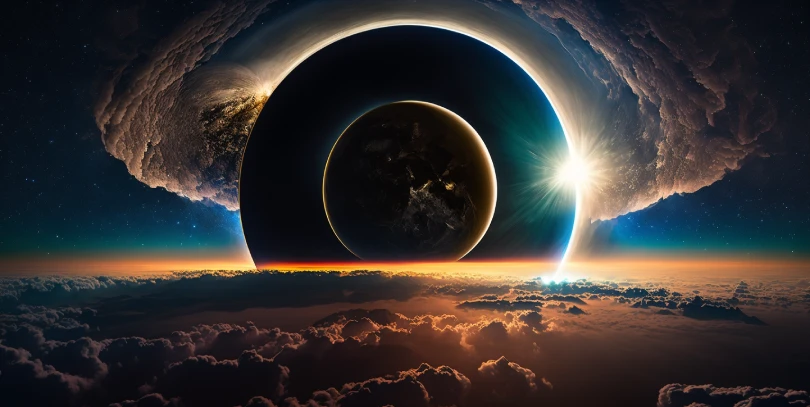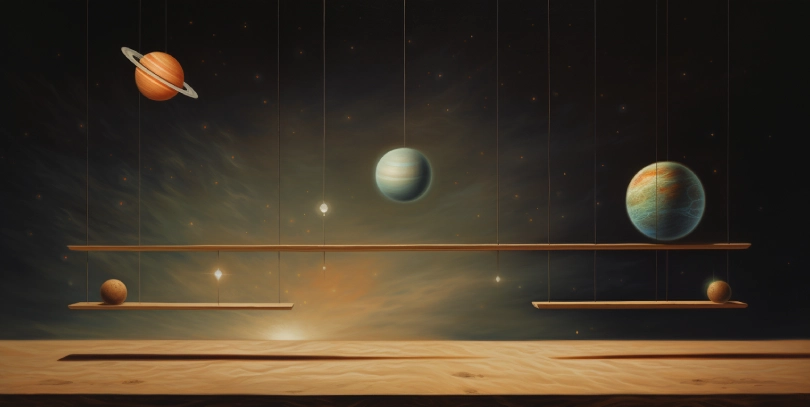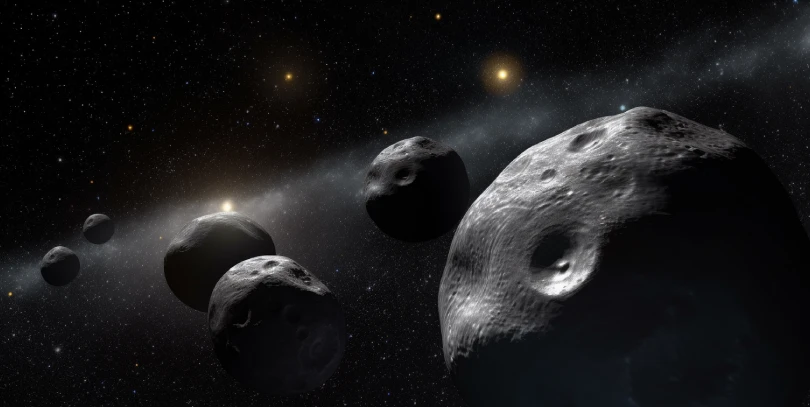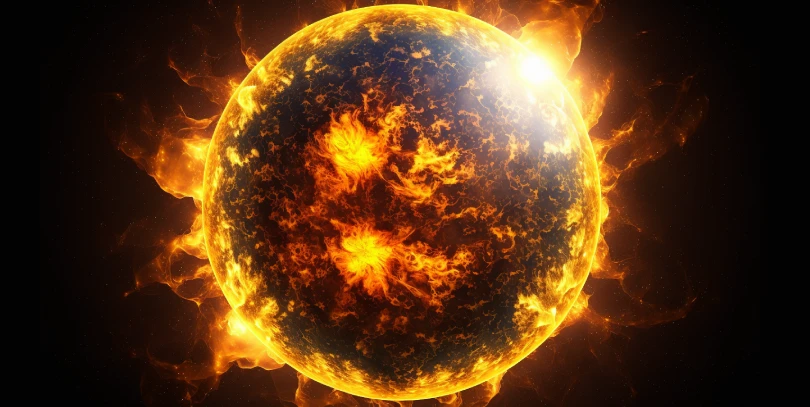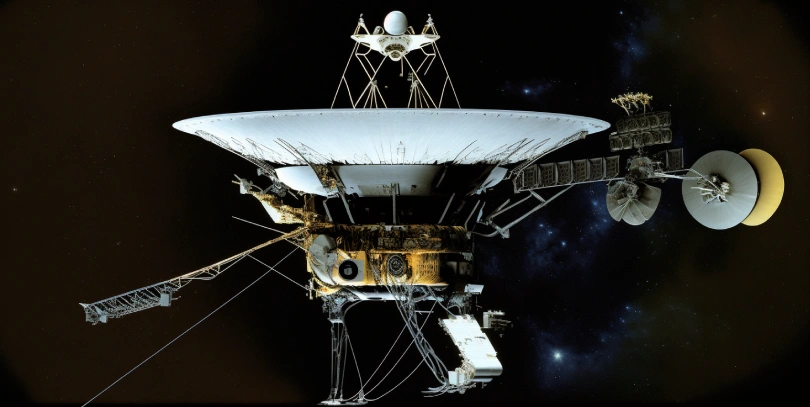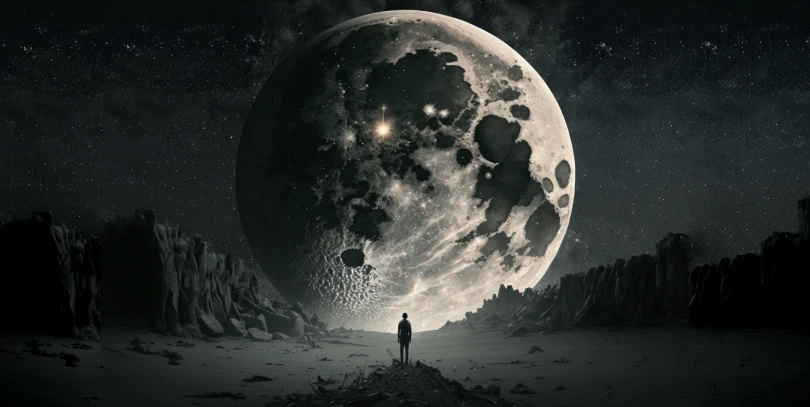Eclipses are one of the most spectacular and awe-inspiring astronomical events that can be viewed from Earth. Explore more about it with these eclipse facts!
- The word “eclipse” comes from the ancient Greek word “ekleipsis,” which means “to abandon, to fail to appear.”
- Eclipse events occur when the Sun, Moon, and Earth become aligned in a straight line. It’s blocking the Sun’s light and causing a shadow on the Earth.
- The moon’s orbit is about 1/4 that of the Earth.
- Total solar eclipses occur about every 18 months on average.
- A lunar eclipse occurs when the earth lines up between the Sun and the Moon.
- The duration of a solar eclipse can vary, with the maximum duration being around 7.5 minutes. Similarly, the duration of a lunar eclipse can vary, with the maximum duration being around 3 hours and 40 minutes.
- The earliest recorded solar eclipse was in China around 393 BC during the Zhou Dynasty.
- Before modern times eclipses were thought to be the result of huge celestial dragons swallowing the Sun or Moon.
- During a total solar eclipse, the Moon blocks the bright disk of the Sun, but the corona, which is much fainter, is still visible. During a lunar eclipse, the Earth blocks the Sun’s light from reaching the Moon, but some of the Sun’s light is refracted by the Earth’s atmosphere and illuminates the Moon with a reddish hue. Therefore, it is possible to see some form of light during an eclipse.
- During an eclipse, all forms of light including the sun are not blocked completely, and some light is visible.
- During an eclipse, the sky gets darker as the totality approaches and there will be noticeable changes in temperature during this period too until the totality ends when normal daylight returns again.
- There are at least two and up to five eclipses each year. However, not every eclipse can be seen from every location on Earth. Some eclipses are partial, while others are total or annular, depending on the alignment of the Sun, Moon, and Earth.
- One of the longest eclipses in recent history was a total lunar eclipse that occurred on July 27, 2018. The duration of the total phase of the eclipse was 1 hour, 42 minutes, and 57 seconds, making it the longest lunar eclipse of the 21st century. The eclipse was visible from Africa, Europe, Asia, Australia, and South America.
- Solar eclipses are only visible from a narrow path on the Earth’s surface, known as the path of totality, which can be several thousand miles long but is usually less than 100 miles wide.
- The path of totality for a solar eclipse can cross over many countries or even continents, but the duration of totality is always shortest at the edges of the path and longest at the center.
- Annular eclipses occur when the Moon is at its farthest point from Earth and appears smaller than the Sun, creating a “ring of fire” effect around the edges of the Sun during the eclipse.
- The gravitational pull of the Sun and Moon affects the Earth’s tides, and during a total solar eclipse, the gravitational pull of the Moon can cause a temporary decrease in the height of the tides.
- Eclipses have been used by scientists to study the Sun’s corona, the Moon’s surface, and the Earth’s atmosphere and ionosphere.
- The first photograph of a total solar eclipse was taken in 1851 by the French astronomer Jules Janssen.
- The next total solar eclipse visible from the United States will occur on April 8, 2024, with the path of totality passing over parts of 13 states from Texas to Maine.
- The total solar eclipse of 1919 was used to test Einstein’s theory of General Relativity.
- A total solar eclipse can only be seen from a small area on the Earth’s surface, making it a rare and highly sought-after event for astronomers and eclipse chasers.
- During a total solar eclipse, the temperature can drop by as much as 20 degrees Fahrenheit in just a few minutes.
- The longest total solar eclipse of the 21st century occurred on July 22, 2009, with a duration of 6 minutes and 39 seconds.
- The ancient Greeks believed that a solar eclipse was a sign of the gods’ displeasure and could signal impending doom.
- The term “eclipse season” refers to the periods of time when the Sun, Moon, and Earth are most likely to align, resulting in an eclipse.
- A solar eclipse can only occur during a new moon phase, while a lunar eclipse can only occur during a full moon phase.
- The shadow of the Moon during a total solar eclipse moves across the Earth’s surface at a speed of approximately 1,500 miles per hour.
- Eclipses can have cultural and religious significance for various cultures and societies throughout history.
- During a total solar eclipse, the Sun’s outermost layer, the corona, can be seen. The corona is hotter than the Sun’s surface and emits different wavelengths of light, including ultraviolet and X-rays.
- The gravitational pull of the Moon on the Earth during a solar eclipse can cause a small but measurable shift in the Earth’s rotation axis and rate.
- In ancient times, eclipses were seen as omens of impending disaster and were often interpreted as warnings from the gods.
- The Mayans were able to predict solar eclipses with remarkable accuracy, using complex mathematical calculations and astronomical observations.
- Some animals have been known to exhibit unusual behavior during an eclipse, such as birds singing less, bees returning to their hives, and nocturnal animals becoming active during the day.
- During a total solar eclipse, the Sun’s disk can be completely covered by the Moon, creating a darkening effect known as the “diamond ring” just before totality begins and ends.
- A hybrid eclipse, also known as an annular-total eclipse, occurs when the Moon is in a position that creates a total eclipse in some areas and an annular eclipse in others.
In conclusion, eclipses are a remarkable astronomical phenomenon that has fascinated humans for centuries. From the ancient civilizations that saw them as omens to modern scientists who study them to learn about the universe, eclipses continue to captivate us. The facts about eclipses that we have presented here may help demystify this celestial event, but they also remind us of the awe-inspiring power and beauty of our universe. We hope that these eclipse facts have given you a greater appreciation for this rare occurrence and the wonders of the cosmos.
Sources:
